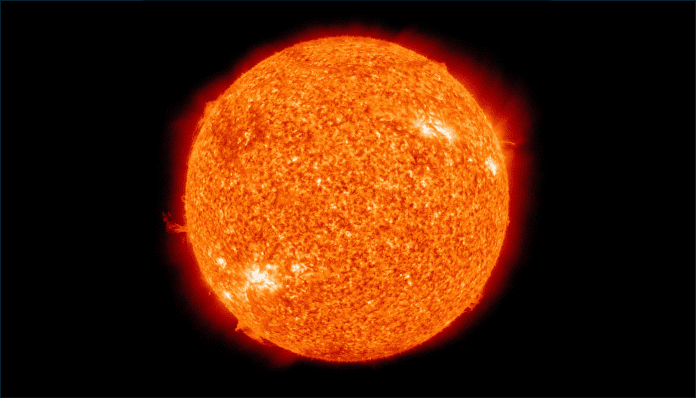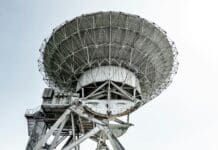This post is also available in:
 עברית (Hebrew)
עברית (Hebrew)
Storms that happen on the sun can have an effect on critical systems we rely on daily, such as satellites, power grids, and communication networks. Now, scientists may be able to predict it them, and provide crucial warning.
Coronal mass ejections (CME) can create geomagnetic space storms that can significantly disrupt technology both on Earth’s surface as well in its orbit, which is why many experts globally are determined to improve the ability to predict them. Recently, Scientists were able to discover a way to predict the exact speed a CME is going and when it will affect earth, before it has even fully erupted from the sun, according to Innovation News Network.
Researchers at Aberystwyth University say that this sort of advancement can make a significant impact on the effort to protect the infrastructure that is central to our everyday lives. The study was presented in the Royal Astronomical Society’s National Astronomy Meeting in Hull.
The researchers studied the sun’s ‘active regions’, areas that yield strong magnetic fields when a CME is born. They looked at these areas before, during, and after space storms occurred, and monitored the changes in them. They studied the height at which the magnetic field becomes unstable and can lead to a CME, called the ‘critical height’ of active regions. They explained that this critical height can be determined by measuring how the strength of the magnetic field decreases with height.
“This data can then be used along with a geometric model which is used to track the true speed of space storms in three dimensions, rather than just two, which is essential for precise predictions.”, said lead researcher Harshita Gandhi, a solar physicist at Aberystwyth University. “Our findings reveal a strong relationship between the critical height at CME onset and the true CME speed. This insight allows us to predict the CME’s speed and, consequently, its arrival time on Earth, even before it has fully erupted.” This can provide crucial advance warnings, that can help us protect the technology that our modern lives depend on.


























